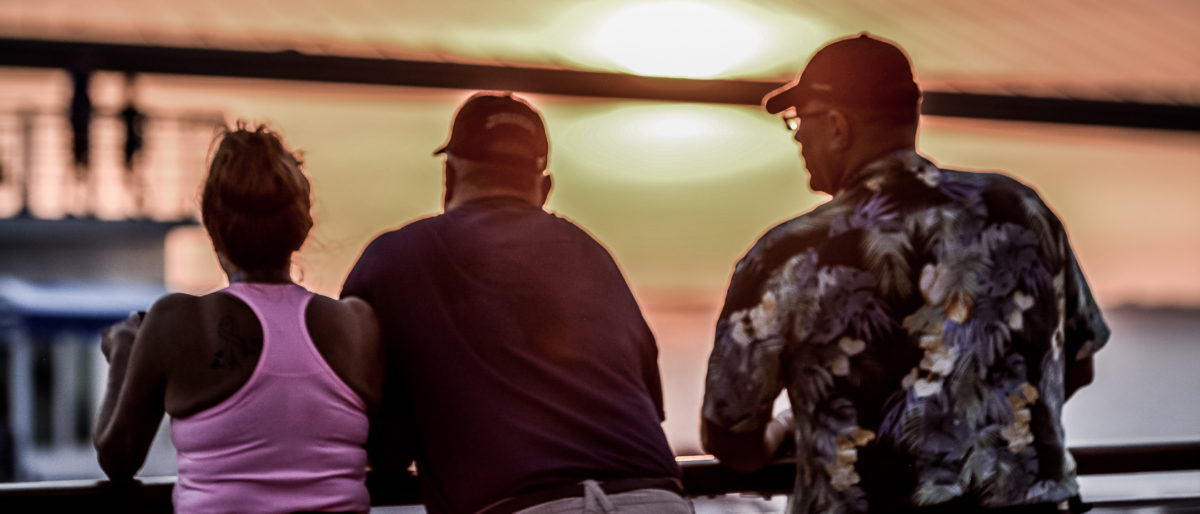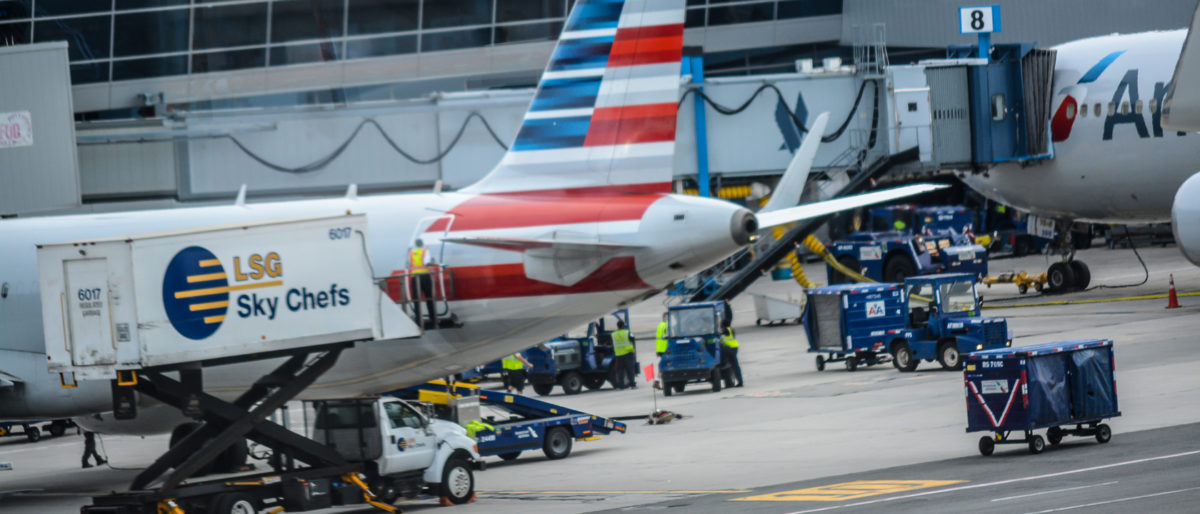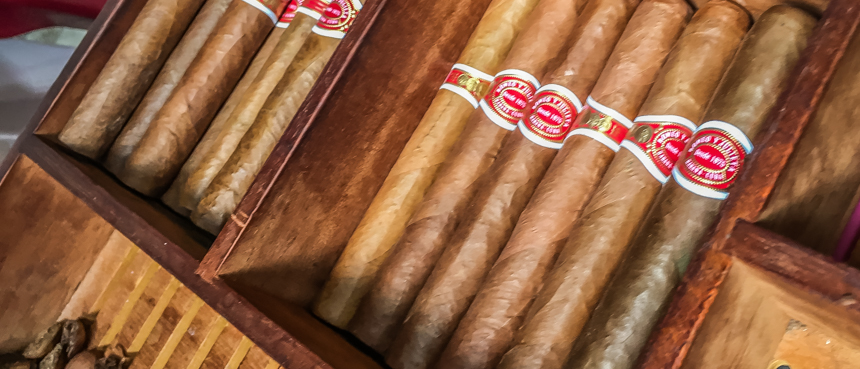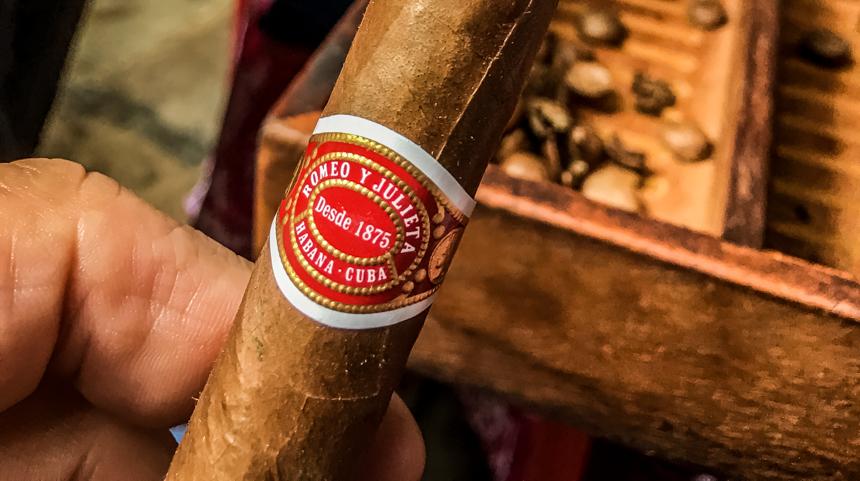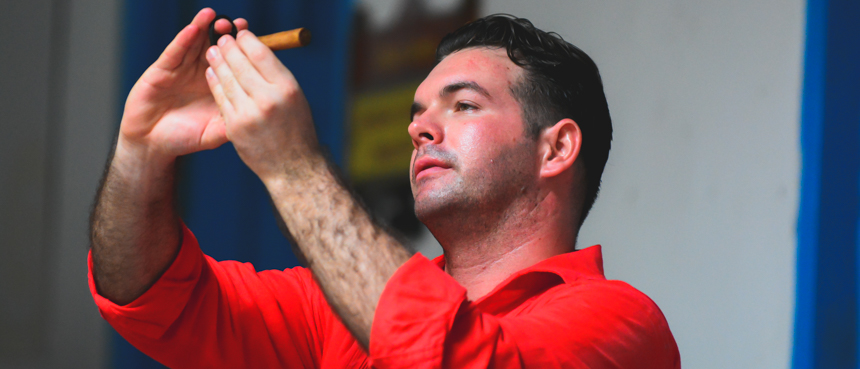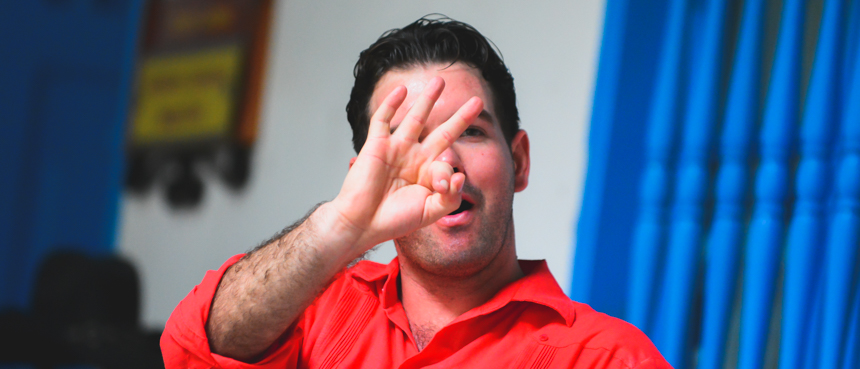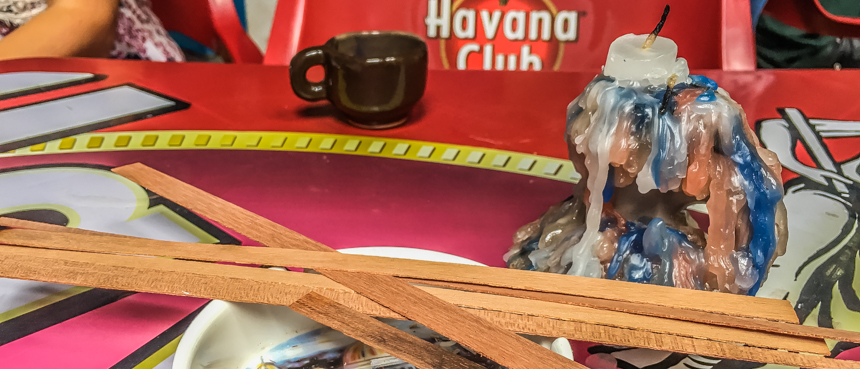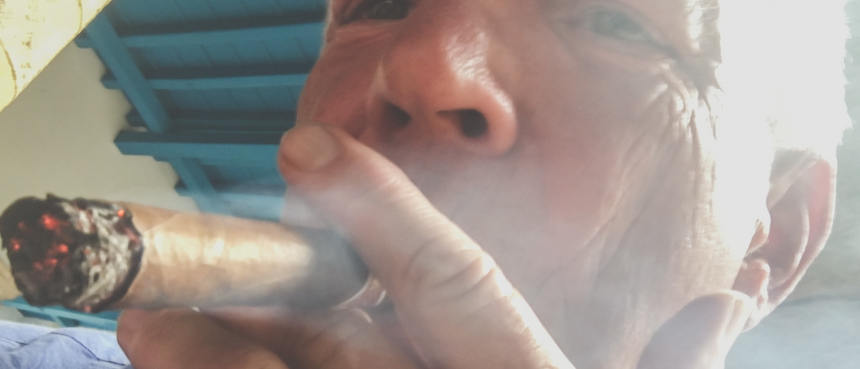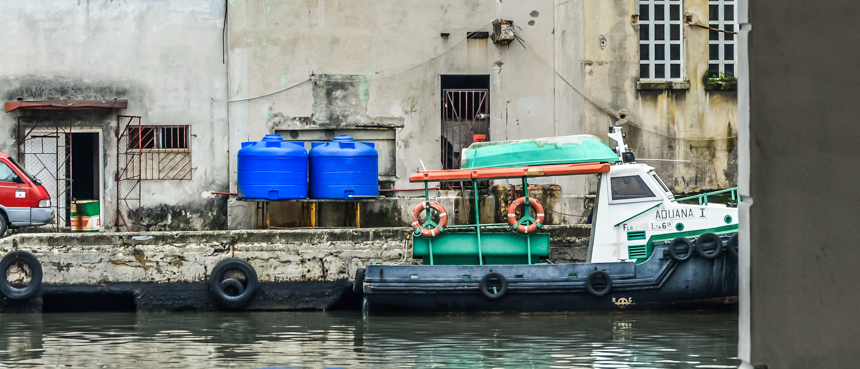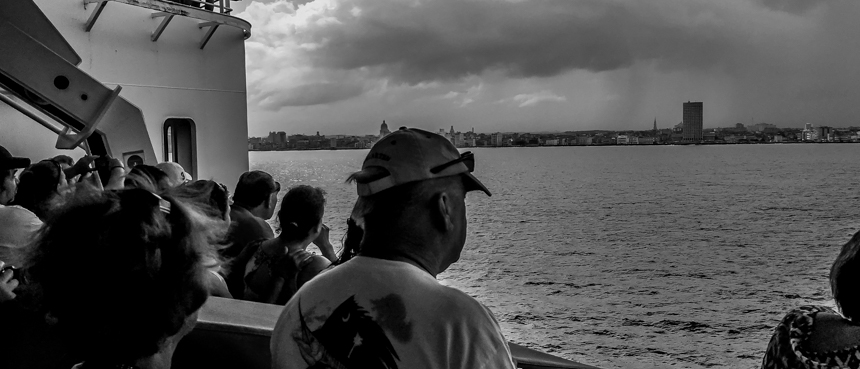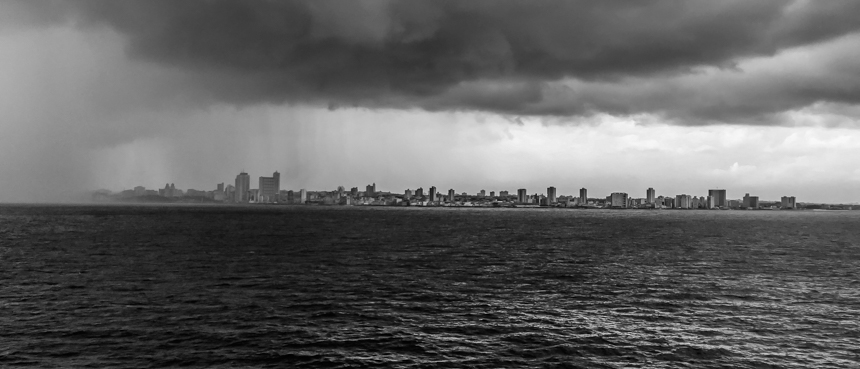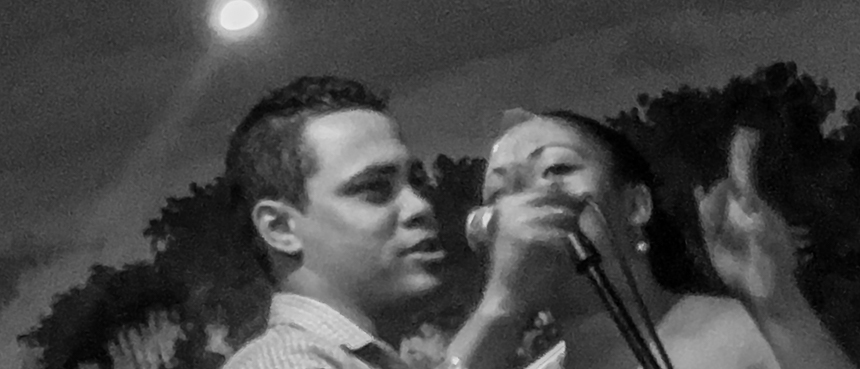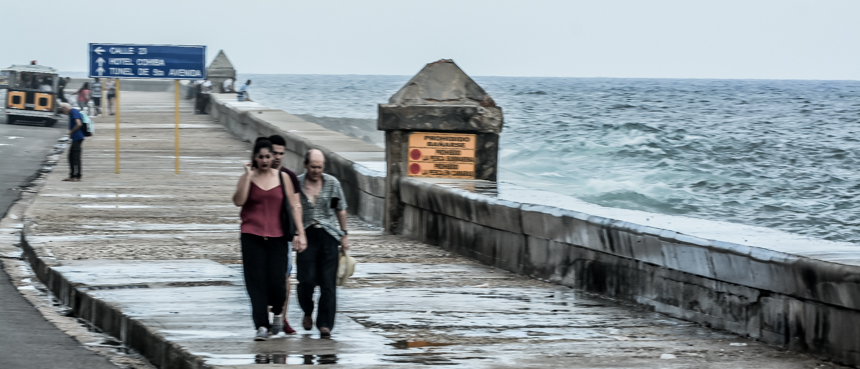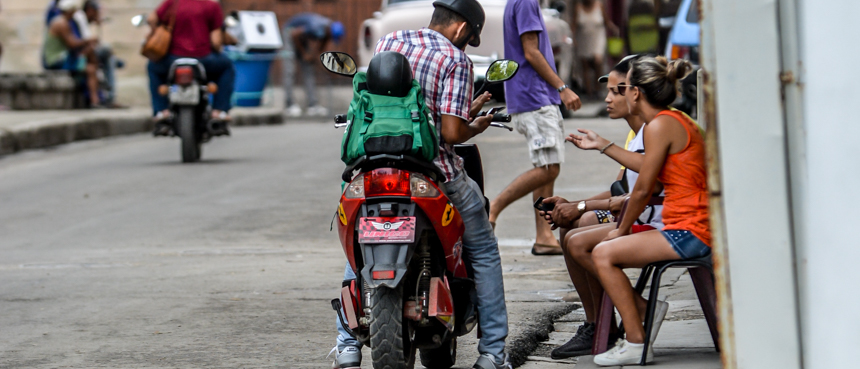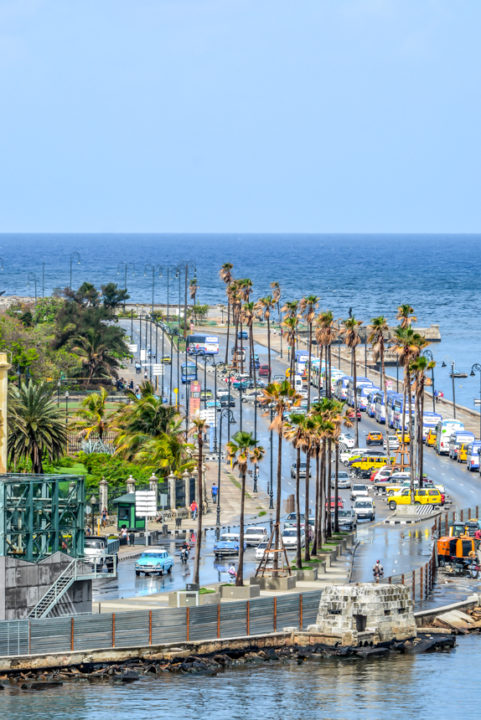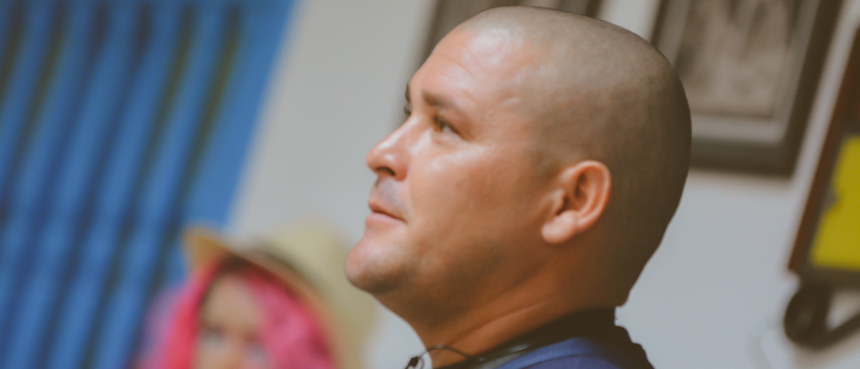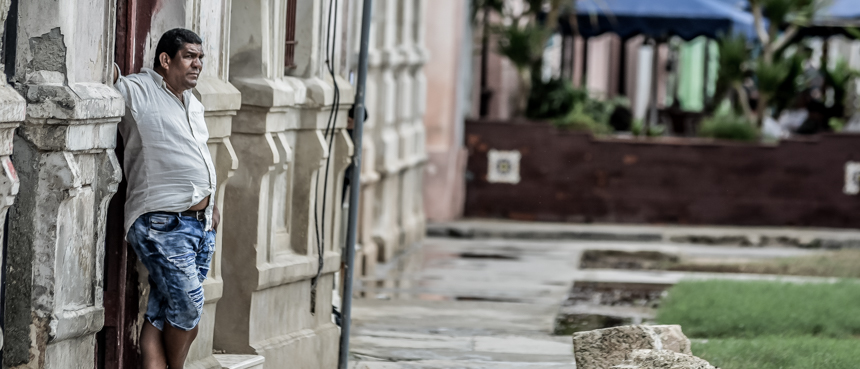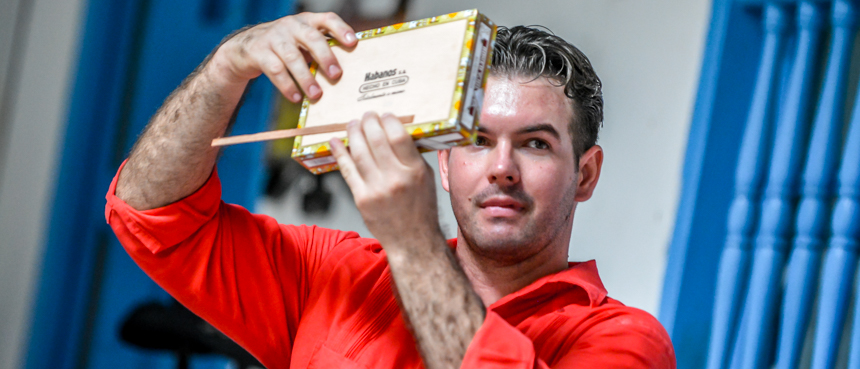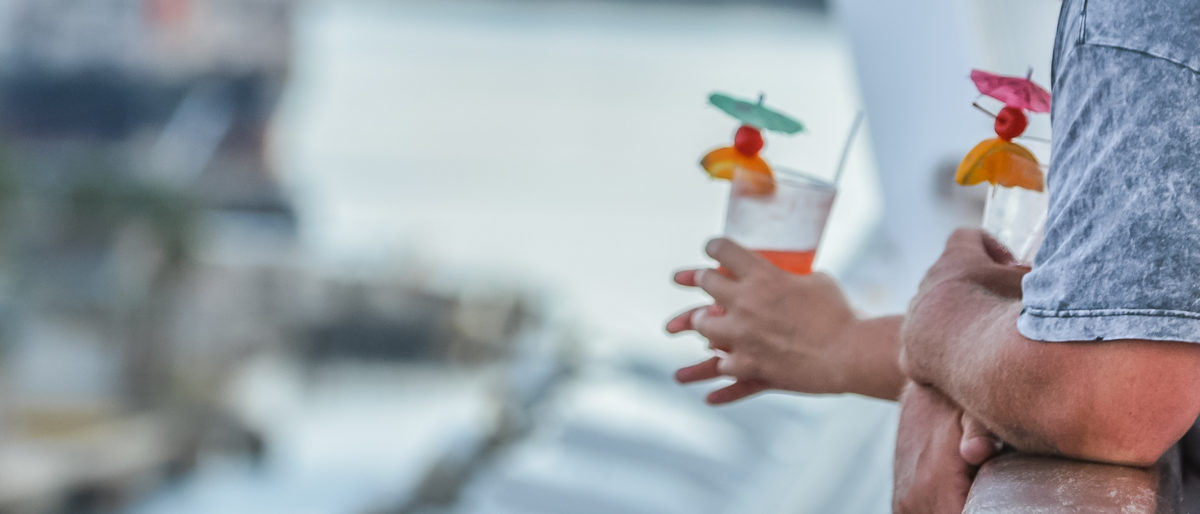So getting to the star of the show, Carnival Paradise arrived on a hazy morning at the capital city of Havana. Beginning just as the coast of Cuba was barely within sight, passengers began lining up on deck, anticipating their first view of a dream come true. That dream took form in nearly as many ways as there were passengers I talked to. And talk we did. Traveling solo you do that easily on any sailing. Doing so during the first Cuba season for Americans in decades brought an abundance of real-life chat opportunities. It’s those personal accounts that will probably be some of the most enduring memories and life lessons from this travel experience. Those then will tell our story.
“It was not as hard to get into the country as I thought it would be,” said Clarence J from Detroit, a retired railroad engineer. Indeed it was not. The people-to-people cultural exchange world requires that visitors actively engage locals. Cruise line tours have been custom crafted to satisfy that requirement. Once able to go ashore on a booked tour, American visitors can stay and continue exploring the city or their own. If they get tired of doing that, odds are a cool old American car will come along and offer a tour for about $50 an hour.
Passengers can also choose not to participate in a ship tour, documenting their local engagement by keeping a diary of sorts proving where they went, what they did and who they talked to. “Pretty easy deal” said Clarence, adding “I’ll come back one day.”
“As soon as I get back home, I am booking a flight here to stay for a few days in a few months” said an excited Sara T, a landscape artist from California. Well, good luck with that Sara. Right now, coming to Cuba via cruise ship is by far the more efficient way to go if a long day will do. While we see cranes in the air here as building picks up to sustain the increase in tourists, it’s going to be a while before a substantial number of additional hotels rooms are available. Sara: wait a couple years on that. Book another cruise for now and go with the knowledge you have from this first experience, maybe on your own this time.
There is an interesting CBS News/Peter Greenberg report on this topic.
“I just wanted to say I went to Cuba and smoked a Cuban cigar in this lifetime” said so many passengers on our Carnival Cuba Cruise that I lost count. “Cars, Cigars and Rum are the top three reasons people visit my country,” said Marco a great local guide (not a politician) on our engaging taste of Havana tour.
We began at a local restaurant for lunch, a drink featuring Havana Club Rum, Cuban beer, serious local flavor immersion with a variety of dishes, all to the tune of a local band.
From there we continued past landmarks then on to learn all about the art of smoking a Cuban cigar. Frankly, I am not one of the people who looked forward to smoking a Cuban in Cuba. As I recall, I swore off as a teen not understanding the point of the whole ‘you don’t inhale it’ thing.
Learning how to prepare and smoke a cigar in Cuba begins by knowing that the cigar is divided into thirds. Cigar people ‘smoke’ the first two thirds and throw away the last third proving I was right all along: a wasteful habit. Putting a pin in my happiness, we moved along to lighting the darn thing.
There will be none of this sticking a lighter at the end to stoke the fire. “We don’t draw gas through our cigars when we light them'” said Cigar Sommelier Julio, and with that we learned what Cuban sarcasm sounds like.
Instead, cedar strips are lit with a candle. Probably because Ernest Hemingway did not have a Bic lighter I suppose. Hemmingway is really big here. Kind of Key Westy big.
I think Cuban tourism people are just now beginning to work that element a lot. Sort of like how Mozart can be seen on every street corner in Vienna selling tickets to an evening concert throughout the day. I did not see anyone dressed like Ernest but hey, Cuba is new to sucking money out of Americans who visit the Caribbean. They’ll get it.
Tour guides are government workers and they are very good. Unlike other communist countries I have visited, they have answers to sensitive questions. I was shut down about as fast as a crazed Hanoi cab driver can zip through traffic. No talking about the government there. Here, the well-schooled guides have answers. There are limits to the answers but all in all, it’s a rather open exchange between locals and visitors. This could be due to the fact that for many of us, our idea of what Cuba is all about facts comes from TV and history books.
That disparity resolves rather quickly once on Cuban soil. The untold part of the exchange story is that these local people we interact with are not all that different than anyone else, anywhere in the world. They want three things: a roof over their head, food in their stomachs and a purpose. The first two are easy, just a matter of finding money to pay for them. The last one, having a purpose, takes more work and we’ll get into how finding a purpose in Cuba works later.
In Cuba, the government has a hand in choosing that purpose. Each citizen receives a free college education. All men must serve in the army. After that mandatory service, they are assigned a rather lowly job for two years. At the end of that time, they can choose to do something else; something considered better…like a tour guide. Stop right there and it sounds like a pretty good idea. But we don’t have to look far to find more to the story with just a minimal amount of curiosity caused by one undefined fact: it does not all add up.
We are told that the average Cuban makes $35 to $50 per month. We know that their way of living provides education, housing, medical care and more but they still have to eat and buy stuff. We also know from informative onboard talks in advance of arrival: that local expect tips. We do the math in our heads and calculate that it would not take very many $1 tips to equal as much as they make in a month to explain it. But the math still does not work..which brings us to Susan R’s comment, coming up next.
“All the western clothing on the kids surprised me” said Susan R who echoed my own observation. A number of street scenes were reminiscent of today’s London look. With logo wear not actually available there, Susan asked her tour guide how they even got it. “From France or Italy, they pay four times more for it in Cuba than they would if bought 90 miles away in the United States”.
Cubans are catching on to this whole capitalism thing really quickly. They have the whole tipping thing down pat already…we thought at the time. Later we realized Cubans have had plenty of experience with tourists from the rest of the planet, just not us. It’s a feeling many of us had throughout the journey, probably none more so than a multitude of random military veterans on the ship.
Had I thought of it earlier and had a couple extra hands, I would have done a gallery of all the ships, wars and battles sewn into their ball caps. A thoughtful addition to normal onboard programming brought not one but two ceremonies/gatherings/ceremonies to honor their service. Uber appropriate.
I am reminded of coming back into the United States once after a grueling travel day full of all the annoying things air can do plus some new tricks. Arriving at the immigration desk, the first words out of my mouth after officially arriving on American soil were “Boy, am I glad to be back” and chatted with the agent about the trip a bit. His this-is-my-job-and-i-have-seen-it-all reply: “Everyone around the world has something to say about us but they all want to live here.”
True. And a fact I thank the Lord for every time I visit another, less familiar country. But I go to reconfirm the absolute best part of travel in my brain: that people are about the same all over the world. It’s a shame that fear of the unknown has been enabled to bring an increased stronghold on travel. But fear does that. Still, we have the ability to change that without war or talking head influencers* deciding for us.
“Regardless of what you have heard about Cuba in the news lately, we are happy you are here and eager to share our story with you” said our tour guide. Indeed they genuinely seemed to be to the point of agreeing with that same guide who later told us “People come here for the cars, cigars and rum but come back for the people.” Music to my ears. Cuba is a solid win with a whole lot of future potential for Caribbean cruise travelers. Still, one of the top ten things to know about Cuba: not all Cubans look alike.
“Not everyone looks like Marco Rubio” concluded Navy veteran Jeffrey from The Villages, Florida who was also visiting Cuba for the first time and back on a ship since his first “cruise”, a rather long one while in the service. “I lived in Miami for years and still have many Cuban-American friends. For some reason I thought straight Cubans would look more Cuban, like (Florida politician) Marco Rubio.”
“I lived in Miami for years and still have many Cuban-American friends. For some reason, I thought pure Cubans would look more Cuban, like (Florida politician) Marco Rubio.” Jeffrey went on to startle the group of people sitting around the pool further that day, adding “It’s funny how visiting any new place confirms something we already know: we’re all just tryin’ to get by”.
Jeffrey started a discussion around that pool that ended up revealing the diverse number of reasons for coming on this cruise in the first place. Already revealed, curiosity, heredity, rum, cigars, itinerary variety were tops on the list. We got every bit of that and more, most easily described when flavored with the scene set by Cruise Director Jaime as we approached our berthing position in Havana.
Normally a Fun, high-energy performer, Jaime momentarily froze time as her voice came over the ship’s loudspeaker system. With the serene and truly influential voice of an experienced traveler who can clearly see the best parts coming a mile away she said “I know that for many of you this is a very emotional moment. Your family is from here or this has been a lifelong dream fulfilled. Take the time to consider that as we make our way to Havana” . And with that, she went silent for a period of time before proceeding with instructions on how to get off the ship and go ashore.
Sometimes saying nothing speaks volumes. The super interesting part of that Jaime’s demeanor at that point in time was much like a U.S. Forest Service ranger might narrate a magnificent glacier viewing event. The tone set there carried ashore.
Up next we return to the Port of Tampa after a day at sea and begin a series detailing the summary shown here and a number of other topics.
First though, back up to that part about men being required to be in the army after included college has been completed. What if they don’t want to be in the army? They have two choices said Julio.
- Go to prison
- Swim 90 miles
Oh, so maybe we just saw the Fun side fo Communism.
*names have been changed for obvious reasons.

